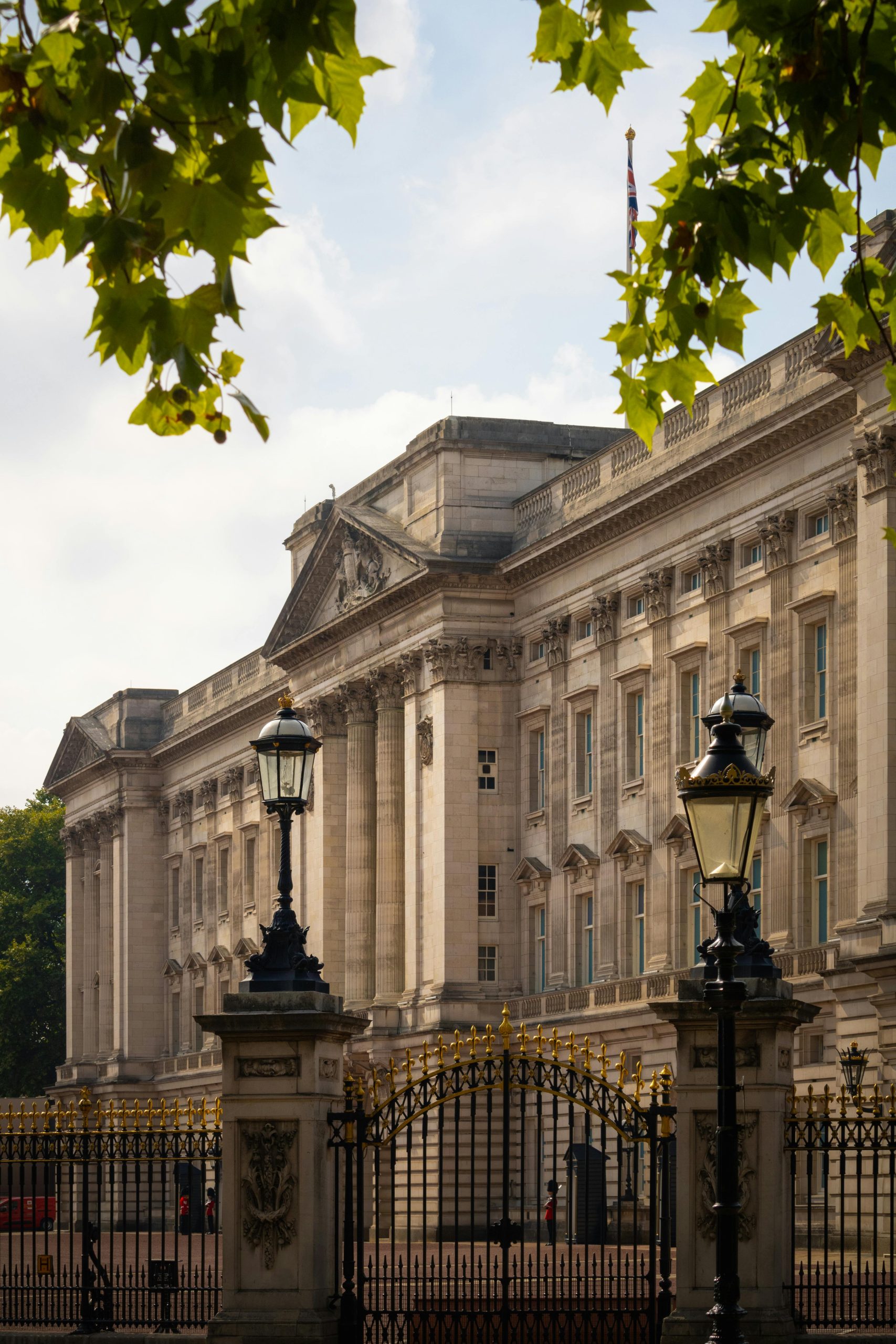Celebrating Two Iconic Figures of 20th-Century London: Muteesa II and Oliver Messel
London has long been a melting pot of cultural, political, and artistic exchange, hosting influential personalities from around the world. Among these, two remarkable individuals stand out not only for their achievements but also for the intriguing circumstances of their lives in the city during the mid-20th century: Muteesa II, King of Buganda, and the acclaimed designer Oliver Messel.
Muteesa II: A Royal Journey to London
Mutessa II Kakoze, the reigning monarch of the Buganda Kingdom (modern-day Uganda), was a charismatic figure whose life was marked by political upheaval and diplomatic journeys. During the 1950s, he resided in London, where interactions with foreign dignitaries and cultural figures became part of his experience abroad. A rare photograph captures Muteesa II in the lush gardens of Pelham Place, London, alongside Oliver Messel, the renowned British stage and costume designer.
Despite his regal stature and popularity in his homeland, Muteesa II’s life took a tragic turn. In the 1960s, he passed away in relative obscurity on a council estate in Rotherhithe, London—a stark contrast to his royal origins. His story reflects the complexities faced by many exiled or itinerant monarchs seeking refuge or pursuing diplomatic missions abroad.
Oliver Messel: An Artistic Luminary
Oliver Messel was one of the most distinguished figures in 20th-century theatrical design. Celebrated for his innovative and elegant sets and costumes, Messel’s work left an indelible mark on London’s West End and beyond. His relationship with contemporaries and patrons was marked by creativity and collaboration, and his time in London saw numerous artistic achievements.
Towards the end of his life, Messel relocated to the Caribbean, specifically the island of Barbados, where he found solace and continued his creative pursuits. His life in Barbados was marked by serenity and artistic inspiration, culminating in his legacy as a master of theatrical design.
A Moment Frozen in Time
The photograph capturing Muteesa II and Oliver Messel together in Pelham Place offers a rare glimpse into a fleeting moment of camaraderie between two influential figures from vastly different worlds. Such images serve as a powerful reminder of London’s role as a global crossroads—where diverse lives intersect, and stories of diplomacy, art, and identity unfold.
**Reflecting on Lives Intertwined


Inspired by these fascinating narratives of London’s rich cultural history
It’s truly remarkable how London has long served as a convergence point for influential figures from all corners of the world. The stories of Muteesa II and Oliver Messel beautifully illustrate this diversity and the city’s role as a sanctuary for both political diplomacy and artistic brilliance.
Reflecting on their lives, I think it’s worth highlighting a few points:
Fascinating Perspective on London’s Role as a Cultural Crossroads
Reading about Muteesa II and Oliver Messel truly highlights London’s unique position as a welcoming hub for individuals from vastly different backgrounds and professions. It’s remarkable how the city served as a backdrop for such diverse histories—royalty, political exile, and pioneering artistry—all in one place.
What strikes me most is how these stories reflect the broader narrative of London’s multicultural identity during the mid-20th century. The image of Muteesa II in Pelham Place alongside Messel not only captures a moment of personal camaraderie but also symbolizes London’s role in fostering international connections and cultural exchange.
As a London resident, I appreciate how these stories deepen our understanding of the city’s layered history. They remind us that behind every iconic landmark or well-known figure is a rich tapestry of individual stories that contribute to London’s vibrant legacy. It’s inspiring to think that even in times of upheaval, London remains a place where different worlds can converge and create lasting impressions.